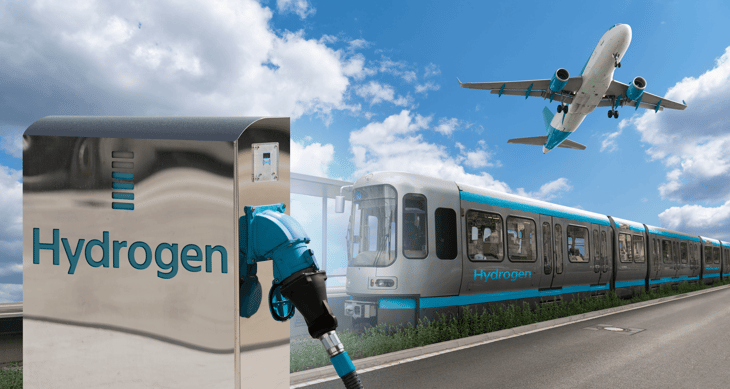Hydrogen safety can be a very delicate topic. Engineers and scientists use terms such as LEL, HAZOP, Functional Safety and SIL to describe risks and technical mitigations. But for most people safety is an emotion that goes deeper than cold scientific terminology. Beyond the right technical framework, creating a perception of hydrogen as a safe energy vector in applications such as mobility and domestic heating will help to accelerate the hydrogen economy.
For a leak to air, hydrogen has an LEL (lower explosive limit) of 4% and a UEL (upper explosive limit) of 75% – that is an extremely wide range. And in many locations where hydrogen is used, spark ignition from electrical components or maintenance activities is an ever-present risk. But with appropriate measures such as risk assessment, HAZOP, and the implementation of appropriate mitigating actions, like gas detection, the risks associated with hydrogen production, storage, distribution, and utilisation can be minimised. Safety across the full hydrogen value chain can be improved with appropriate gas detection sensors.
Hydrogen gas leak detection relies on sensors that sniff the air and generate electronic signals that can be processed to indicate the concentration of the gas they are looking for. These signals can be further analysed to trigger alarms or invoke other safety functions. The ideal hydrogen gas leak detection sensor is quick to respond, able to detect a low concentration of hydrogen, accurate, and able to detect the target gas amongst a matrix of other gases. Repeatability over a long lifetime with minimal maintenance and low purchase costs round off the selection criteria for the perfect hydrogen sensor.
David Nilebo, Business Area Manager for Gas Sensors at Insplorion AB in Gothenburg, Sweden, said, “We have been developing and applying a disruptive technology to gas analysers for the past decade. It is called NanoPlasmonic Sensing, or NPS and we believe it is ideal to be used in hydrogen leak detection gas sensors.”
... to continue reading you must be subscribed






